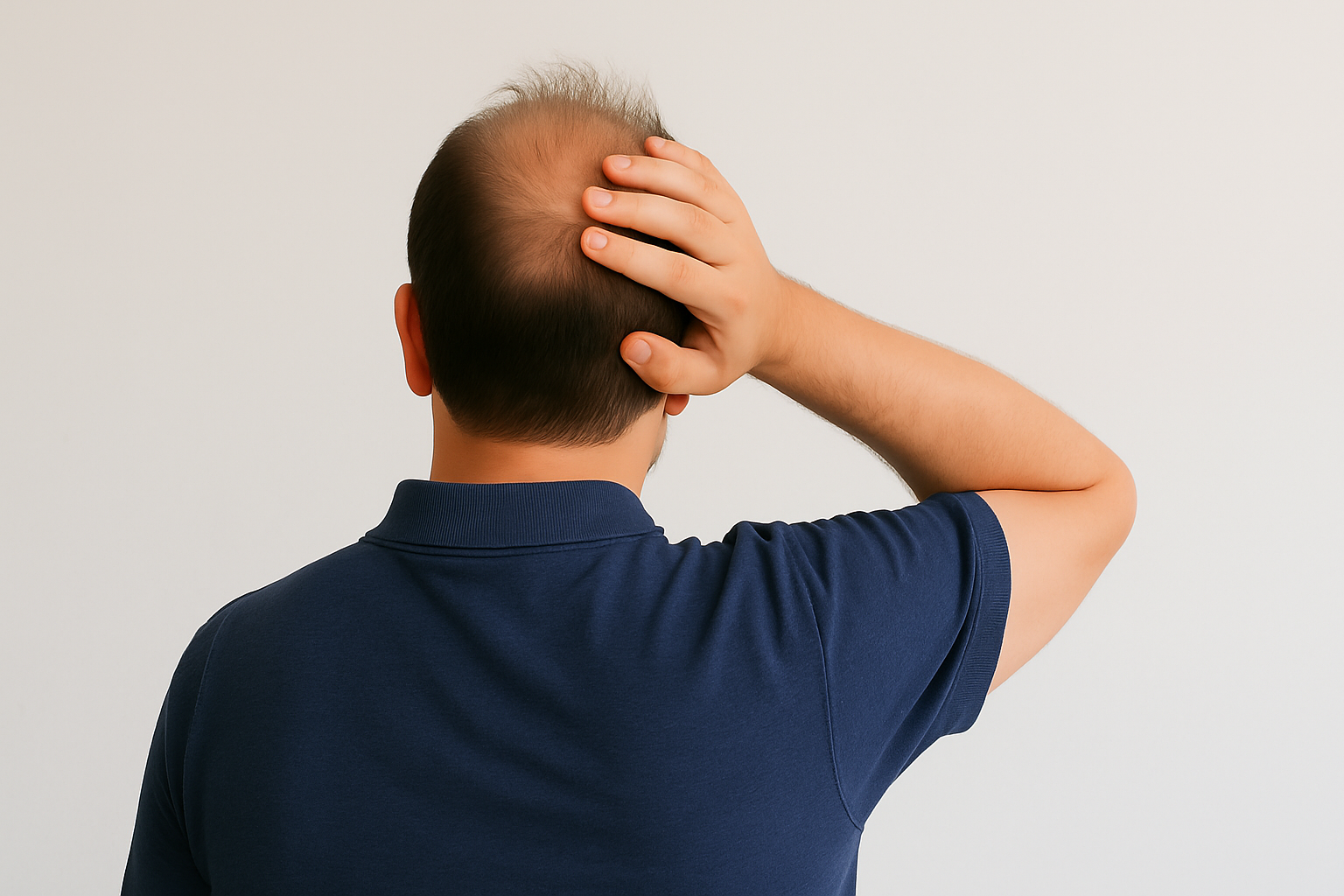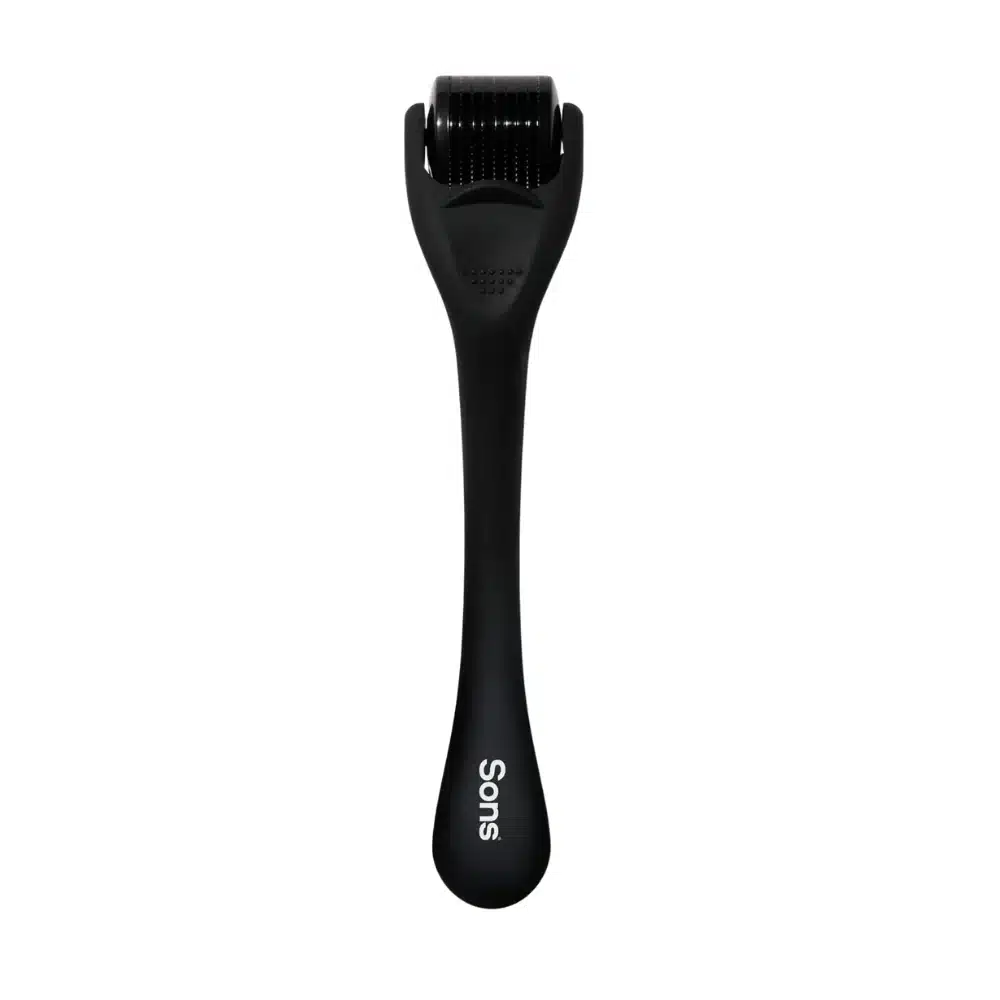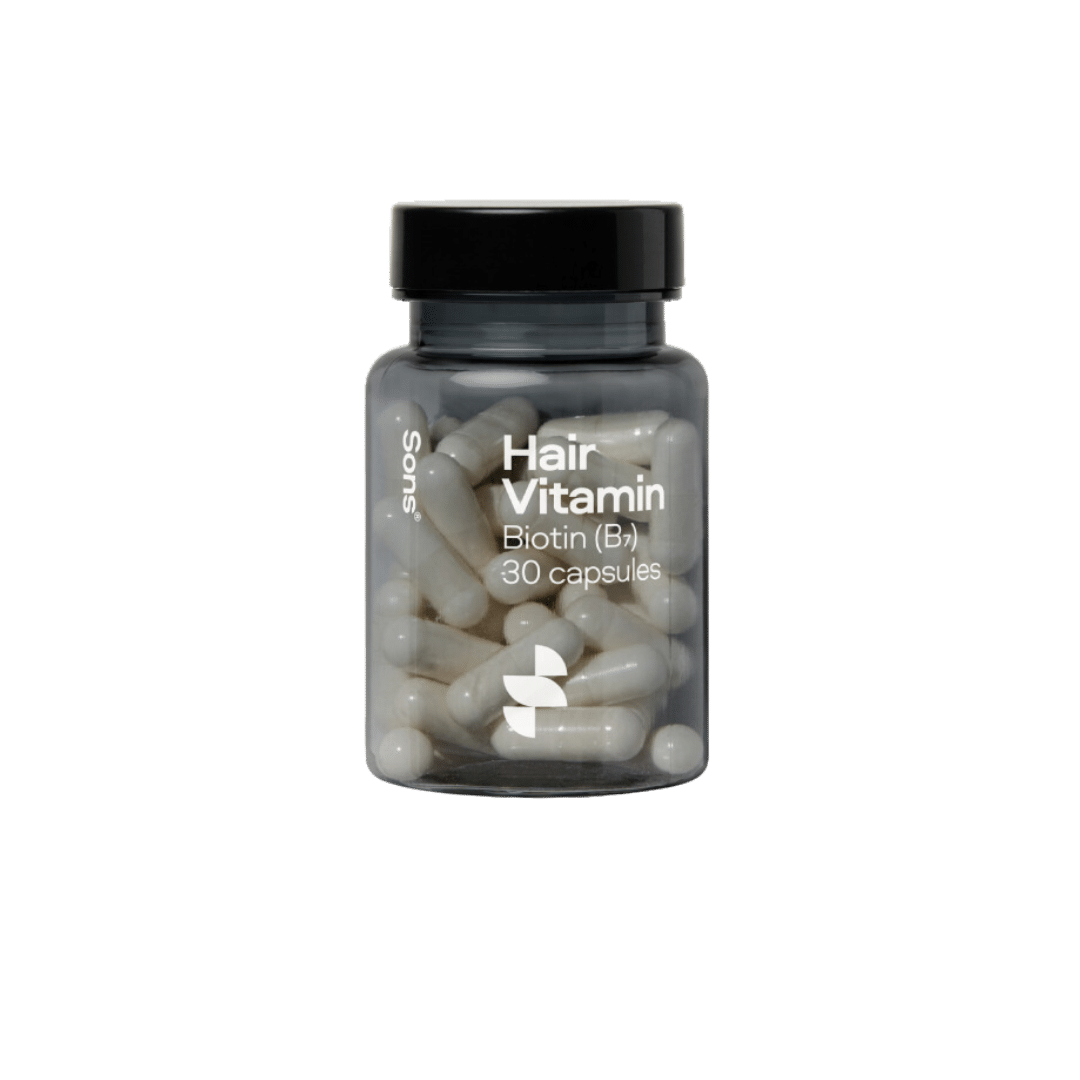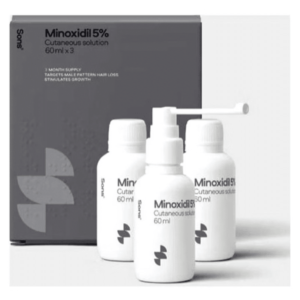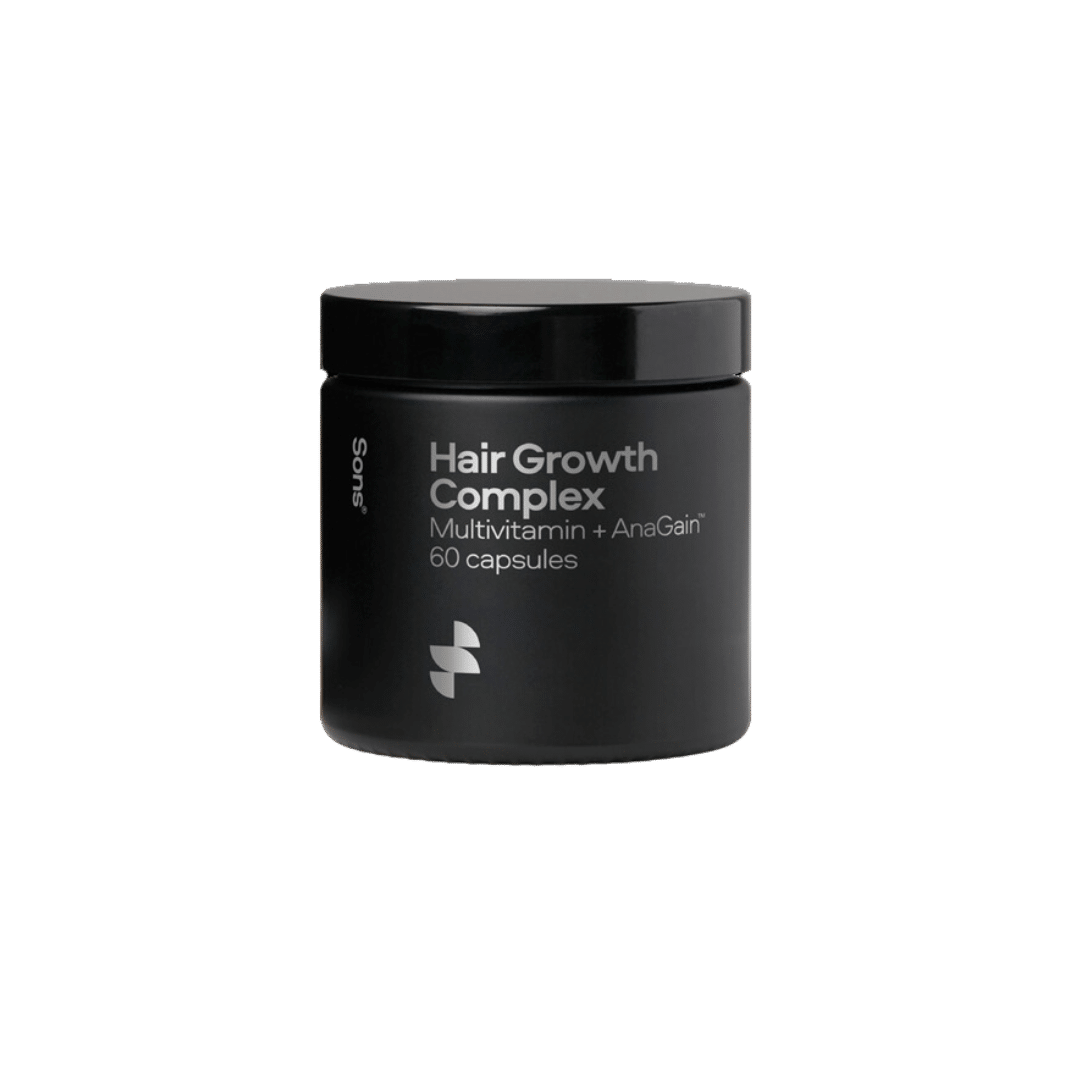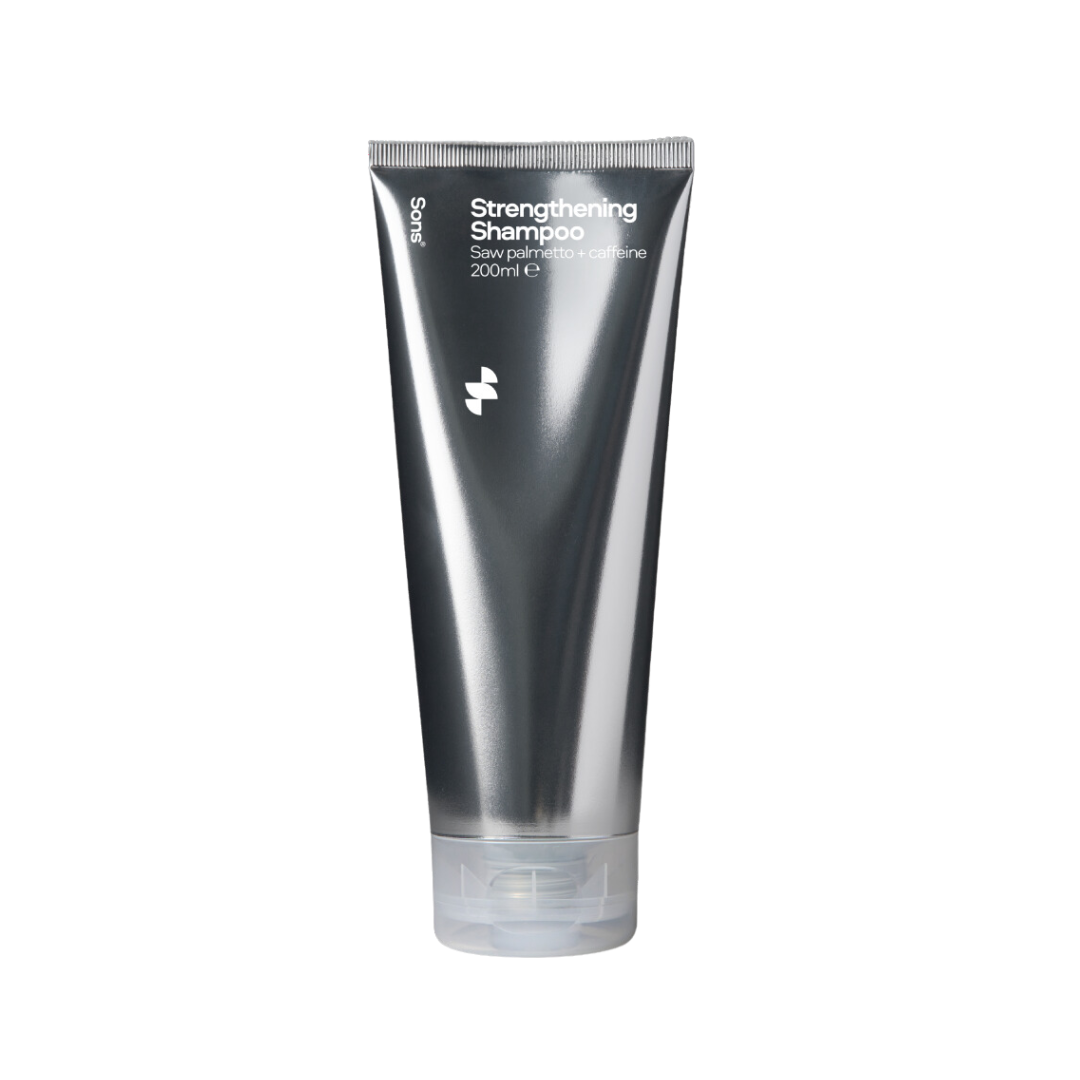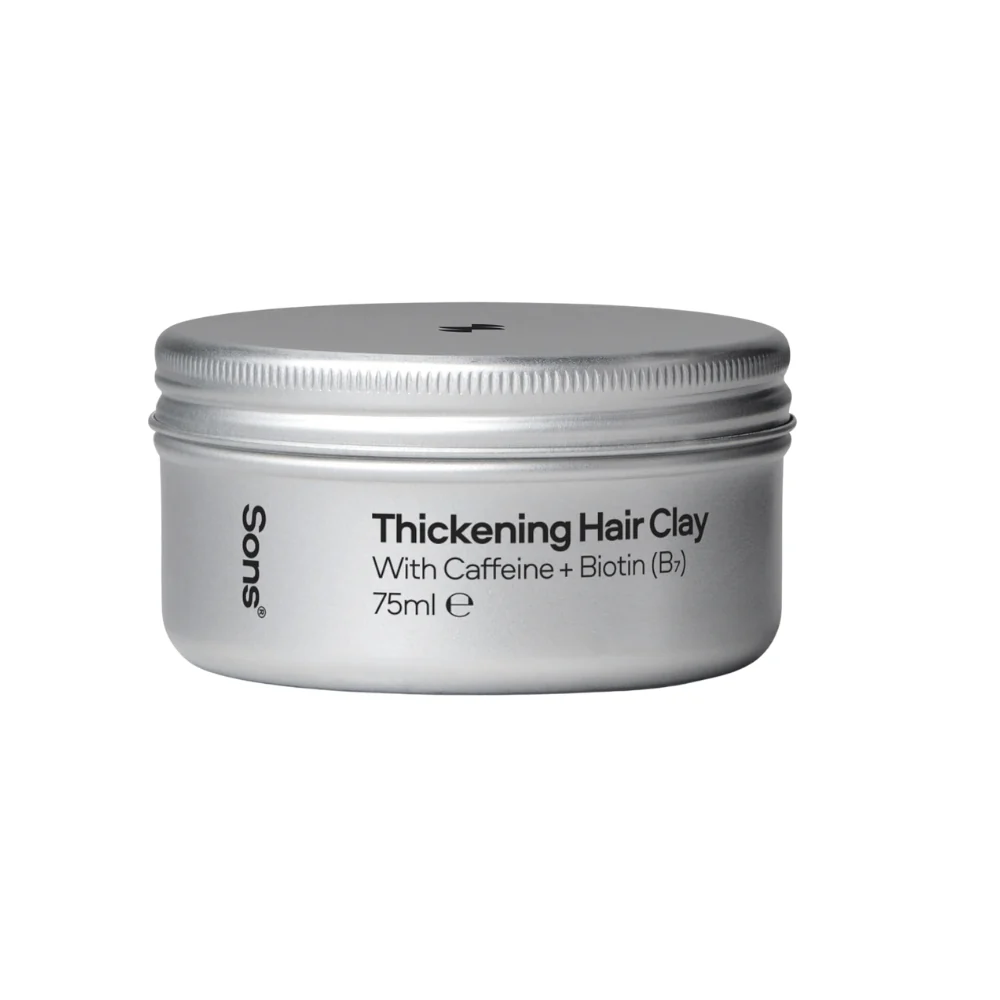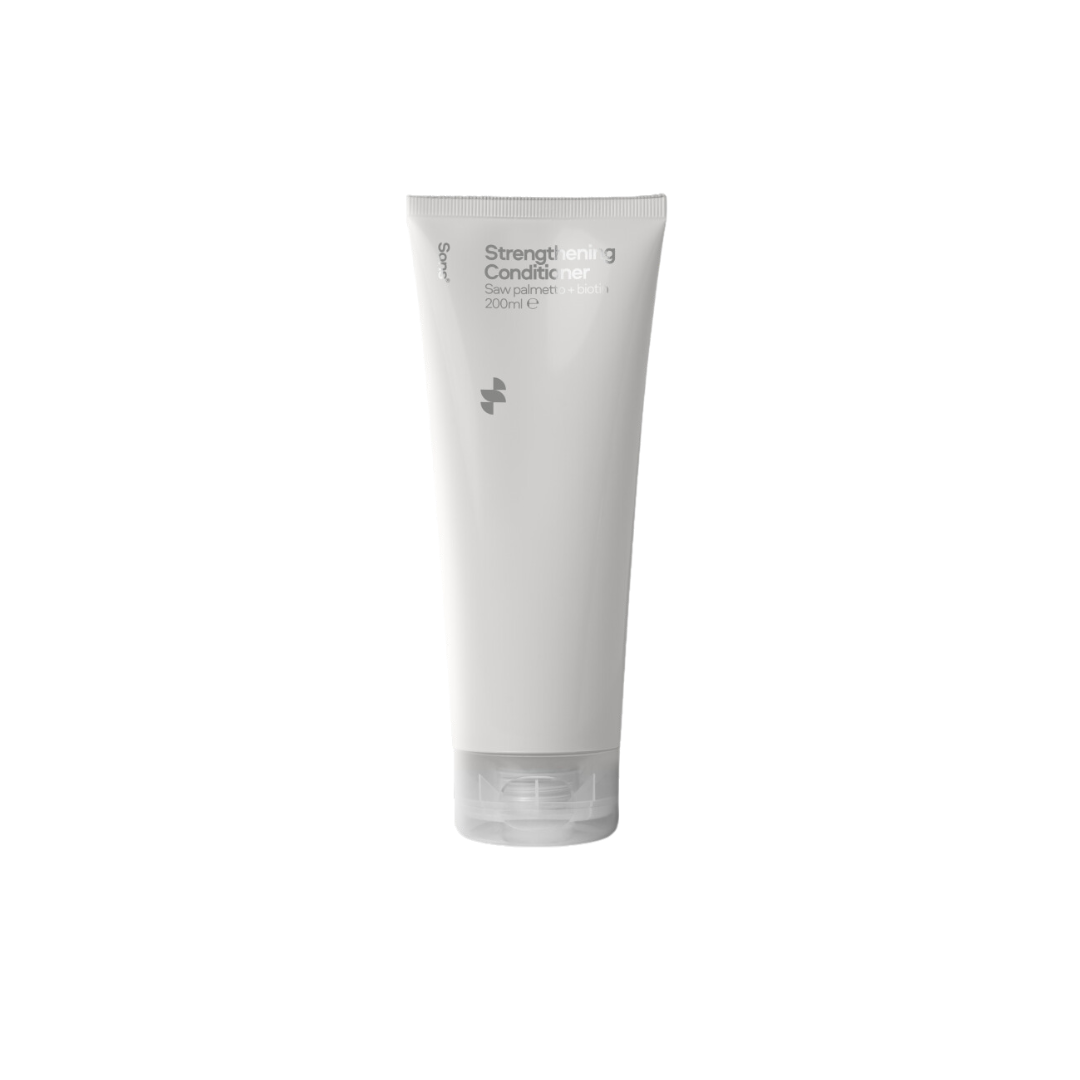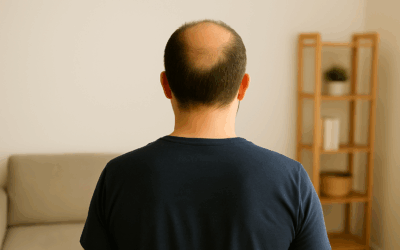Male pattern baldness, also called androgenetic alopecia, is the most common cause of hair loss in men. Understanding how it progresses helps you choose treatments with evidence behind them. This guide explains the stages of hair loss, options like finasteride and minoxidil, lifestyle tips that support scalp health, and when to see a doctor. Where useful, we link to Irish resources and to related articles so you can keep everything in one place.
Male pattern baldness causes and the role of DHT
Male pattern baldness is driven by sensitivity of scalp follicles to dihydrotestosterone, often shortened to DHT. Over time the follicles miniaturise, producing finer hairs before growth slows. The pattern often starts at the temples or crown and can progress at different speeds in different people.
Family history increases risk, but lifestyle factors such as severe stress, smoking and poor scalp care may worsen the appearance. Hair loss in sudden patches, scarring or shedding with illness points to other causes, which is why a proper assessment is important.
How to recognise progression: hair loss stages and signs
Common early signs include a widening part, receding hairline at the temples and thinner crown coverage. Photos taken in the same light every few months are more reliable than memory. If you are unsure whether your pattern fits male pattern baldness speak to your doctor.
Look also for scalp symptoms. Persistent redness, scale or pain suggests conditions such as seborrhoeic dermatitis or psoriasis, which benefit from targeted care and may need a different plan.
Finasteride for male hair loss: how it works and safety
Finasteride is a prescription tablet that reduces DHT at the scalp. When effective, it slows or halts progression and may thicken existing hair over several months. It needs ongoing use to maintain benefits.
Discuss benefits and risks with a doctor before starting, and report low mood, sexual side effects or any other concerning symptoms promptly.
Check out our Finasteride prices here. If you are looking to get prescribed, visit our online doctor partner, Zava, who will assess if treatment is suitable for you.
Minoxidil for male hair loss: foam or solution
Topical minoxidil supports hair growth in areas of thinning. It is available without prescription in foam and solution forms. Results depend on consistent use and patience, typically several months. Regaine contains 5% Minoxidil and is clinically proven to reverse the progression of hereditary hair loss.
Finasteride vs minoxidil: using one or both
Many men begin with one medicine then consider adding the other if progress is slow. Combining finasteride and topical minoxidil can address both the hormonal and growth aspects of male pattern baldness. For a practical head-to-head, read our comparison of finasteride versus minoxidil.
Whatever you choose, consistency matters more than intensity. Build a routine that fits your day and review results every three to six months with clear photos.
Scalp care, diet and lifestyle that support treatment
Healthy scalp skin helps hair look fuller. Wash regularly, massage gently with fingertips and rinse products thoroughly. If you have dandruff or itch, try an anti dandruff shampoo a few times per week and moisturise if the scalp feels tight.
Dietary patterns rich in vegetables, fruit, whole grains and protein support general health. Rapid weight change, smoking and poor sleep can make hair look flatter and less dense. Simple routines usually work best.
When to see a doctor, and what to expect
Arrange a review if hair loss is sudden, patchy, associated with pain or scarring, or if you have symptoms of thyroid disease, iron deficiency or other health conditions. Bring a list of medicines and supplements. Your doctor can examine the scalp, arrange tests where indicated and discuss prescription options.
For female pattern hair loss and other causes, see our related piece on women’s hair loss. For temporary shedding after pregnancy, see the postpartum guide.
Supports available in Ireland
FAQs
How long does finasteride take to work?
Most men assess progress after three to six months, using similar lighting and angles. Benefits continue with ongoing use.
Does minoxidil regrow hair at the hairline?
Minoxidil tends to work best on thinning at the crown and mid scalp, but some men notice improved density at the hairline with consistent use.
Can I stop treatment once I improve?
Stopping usually leads to gradual loss of the maintained gains over months. Review options with a doctor before making changes.
Still unsure about the next step? Our pharmacists are happy to help. Contact us for friendly, confidential advice.

